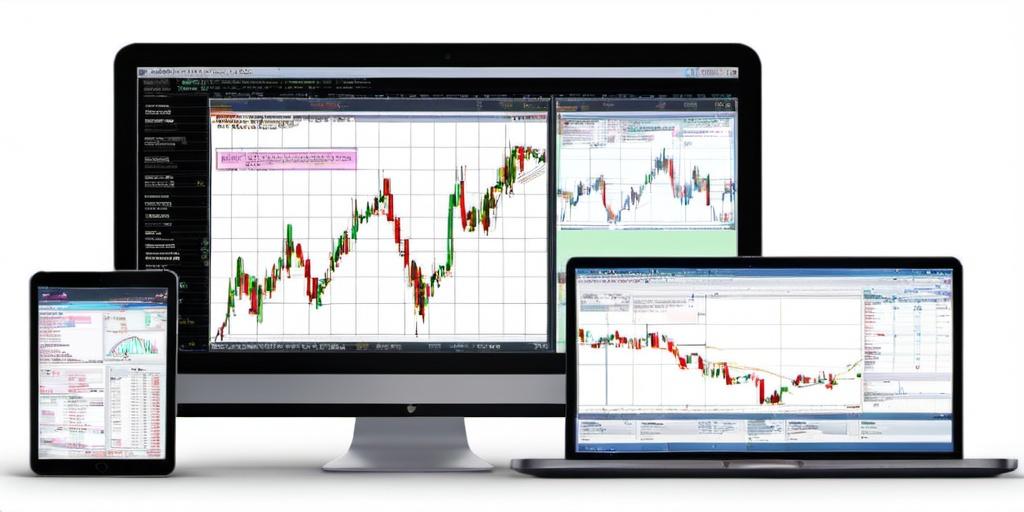Learn more about Mobile apps

The Rise of Mobile Trading Apps
Mobile apps have changed the way traders interact with the market. Gone are the clunky desktop platforms, as today’s traders have sleek apps that fit snugly in their pockets. They offer functionalities that are light-years ahead of their predecessors. But what’s the deal with this surge in popularity?
The Convenience Factor
Let’s be real. No one wants to be glued to a desk staring at multiple monitors like they’re in mission control. Mobile trading apps let you trade on-the-go, whether you’re lounging in a coffee shop or waiting for your dentist appointment. You’ve got the market right at your fingertips.
User Experience and Interface
Modern trading apps boast intuitive interfaces that make it easier for traders to manage their portfolios. Back in the day, understanding trading platforms required a manual. Today, even a tech-illiterate person can navigate through their holdings and execute trades with minimal hiccups.
Security Concerns
Security is a hot topic when it comes to trading apps. Users want to know their investments are safe from cyber thieves. Most current apps employ cutting-edge encryption, multi-factor authentication, and regular updates to ensure that your data and investments remain secure.
Features That Users Love
Trading apps are jam-packed with features. From real-time market updates to instant notifications, these apps give traders a comprehensive view of the market without burying them under overly technical gibberish. Social trading features, which let users follow and copy the trades of more experienced investors, have also caught the fancy of rookie traders.
Education and Analysis Tools
Ever tried to learn calculus without a teacher? Yeah, it’s not fun. Trading apps come equipped with educational resources, tutorials, and analysis tools that guide users through the trading process. You can find webinars, articles, and even videos right within the app. It’s like having a mini university in your pocket.
Transaction Speed
No one wants a platform that moves at a snail’s pace. Instant order execution is essential, especially in volatile markets. Most apps today promise quick transaction speeds, ensuring that your trades go through when you want them to, not five minutes late.
Personal Stories and Use Cases
Some users have found surprising success with mobile trading apps. Take Alex, a college student who started dabbling in the stock market between classes. With a few strategic moves, he managed to turn his initial investment into a healthy profit. It’s stories like Alex’s that illustrate how these apps aren’t just tools but potential game changers.
Potential Drawbacks
Of course, mobile trading apps aren’t all sunshine and rainbows. Battery drain is a common gripe among users. You don’t want your phone dying just as you’re about to make that killer trade. Plus, small screen sizes can present challenges for those used to trading on a multi-monitor setup.
Overtrading Temptation
With the market in your pocket, the temptation to overtrade is real. Many users find themselves making excessive trades, driven by a fear of missing out (FOMO). Recognizing and managing this impulse is crucial for maintaining a balanced trading strategy.
The Future of Mobile Trading
The evolution of mobile trading apps shows no signs of slowing down. Developers are continually enhancing features, improving security protocols, and streamlining user interfaces to create an even more seamless experience. With advancements in AI and machine learning, the next few years promise even more innovations that will push the boundaries of mobile trading.
Trading apps have empowered a new generation of traders, democratizing access to financial markets and making it easier for anyone with a smartphone to participate. They’ve changed how we trade, learn, and interact with the financial world, and it’s a trend that’s here to stay.